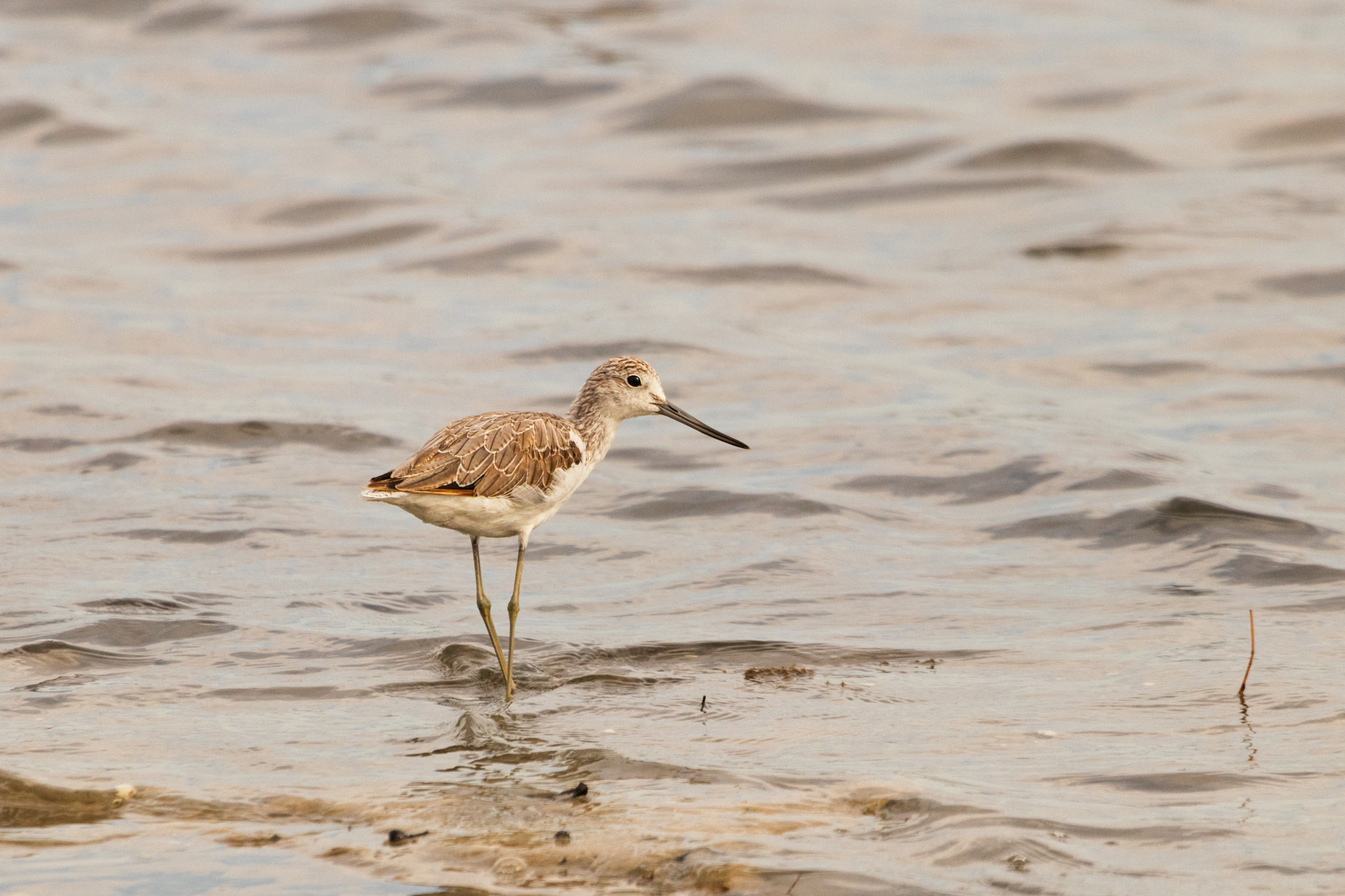
Every year it is reckoned that 50 million migratory water birds migrate from artic Russia and north eastern Asia southwards looking to winter in warmer countries such as Australia and New Zealand. This is the East Asian–Australasian Flyway and the West Pacific Flyway. About 35 or 36 species of waterbirds migrate to Australia on an annual basis involving approximately over 2 million birds and flights of up to 26,000 kilometres, it is a staggering number. Now I’m sure that if the leader of opposition Peter Dutton, Australia’s very own Lord Voldemort, found out there is 2 million migrants coming into Australia every year he would have a conniption fit and demand that they all be taken off to Nauru for mandatory indefinite detention. Cheap cracks at Peter Dutton aside the phenomenon of these bird migrations is absolutely amazing.
Some of the birds are small, really small. A MacDonalds Chicken McNugget has more meat on it than some of these birds, and yet every year they can fly from the Artic Circle to Australia and back. It makes me feel tired just thinking about it. I must say I hadn’t really given this very much consideration until recently. I mean I knew birds migrate – the Rainbow Bee-eaters I regularly photograph migrate from Papua New Guinea and Northern Australia, a relatively short jaunt in comparison – but I hadn’t really thought about the waterbirds who come in their hundreds of thousands to Western Australia. I think that’s because I don’t see them – they don’t come to winter on the idyllic waters of the Avon River. A recent trip to the Peel Inlet and Alfred Cove changed this. As usual I was looking for something else when I came across Whimbrels (Numenius phaceopus) and the Common Greenshank (Tringa nebularia) and because I wasn’t prepared for the encounter I just blundered in and they spooked resulting in only a couple of pictures of each. Despite returning on subsequent occasions I still only managed a grab shot of the Whimbrel and none of the Common Greenshank. Interestingly both birds don’t have Nyoongar (the original inhabitants of the south west of Western Australia) names.

The timing of migration seems to be controlled primarily by changes in day length and the birds navigate using celestial cues from the Sun and stars, the Earth’s magnetic field, and mental maps. In some birds the route is genetically programmed – these tend to be the shorter lived species – whilst the longer lived species are socially programmed ie they learn the route of of the older birds. All I know is that their ability to find their way from one end of the globe to the other is amazing. I have enough trouble navigating round my neighbourhood without Google maps.



You must be logged in to post a comment.